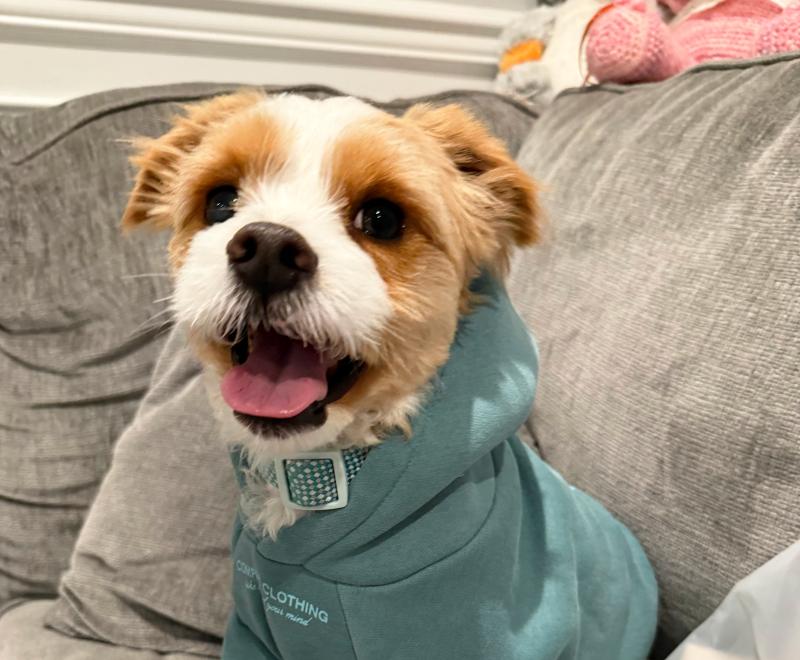
Christmas Holiday Dangers for Pets
Though the holidays can be an exciting and enjoyable time for people, they can be problematic for some of our pets, and may involve some unexpected hazards. Here are some tips for keeping dogs, cats and other pets safe at Christmas time:
Christmas trees and pet safety
- If you have a real Christmas tree, keep the water in the stand covered so your animals can’t drink it. The pine sap is dangerous if ingested.
- Secure the tree to a wall or the ceiling with fishing line and a hook to prevent pets from knocking it over.
- Tree lights should not be left on when you’re not around, since your pets may tangle themselves in the cords. Unplug the tree lights when you’re not using them.
- Once you’ve decorated your tree, pick up all tinsel, ribbon and ornament hooks on the floor. These glittery items may be attractive playthings to your pets, but they can get sick if they ingest them. If a gastrointestinal blockage occurs, surgery may be needed to save your pet.
- If your pets express interest in playing with the decorations on the tree, decorate the bottom third of the tree with wood or plastic ornaments that won’t break.
Holiday gifts, plants and candles
- Keep all gifts that contain human food off the floor so that pets are not tempted by the smells. Human treats can be dangerous for pets — especially food containing chocolate, alcohol, raisins and onions.
- Holiday plants such as poinsettias and mistletoe can be dangerous, too, if your pets chew on them. Keep holiday plants well out of reach of your pets, or buy artificial plants.
- Many people love to burn candles around this time of year, but they can be hazardous to pets. Put burning candles in places that are inaccessible to your pets and don’t let candles burn unattended. If you have birds as pets, be aware that the perfumes in scented candles may cause them to develop respiratory inflammation.
